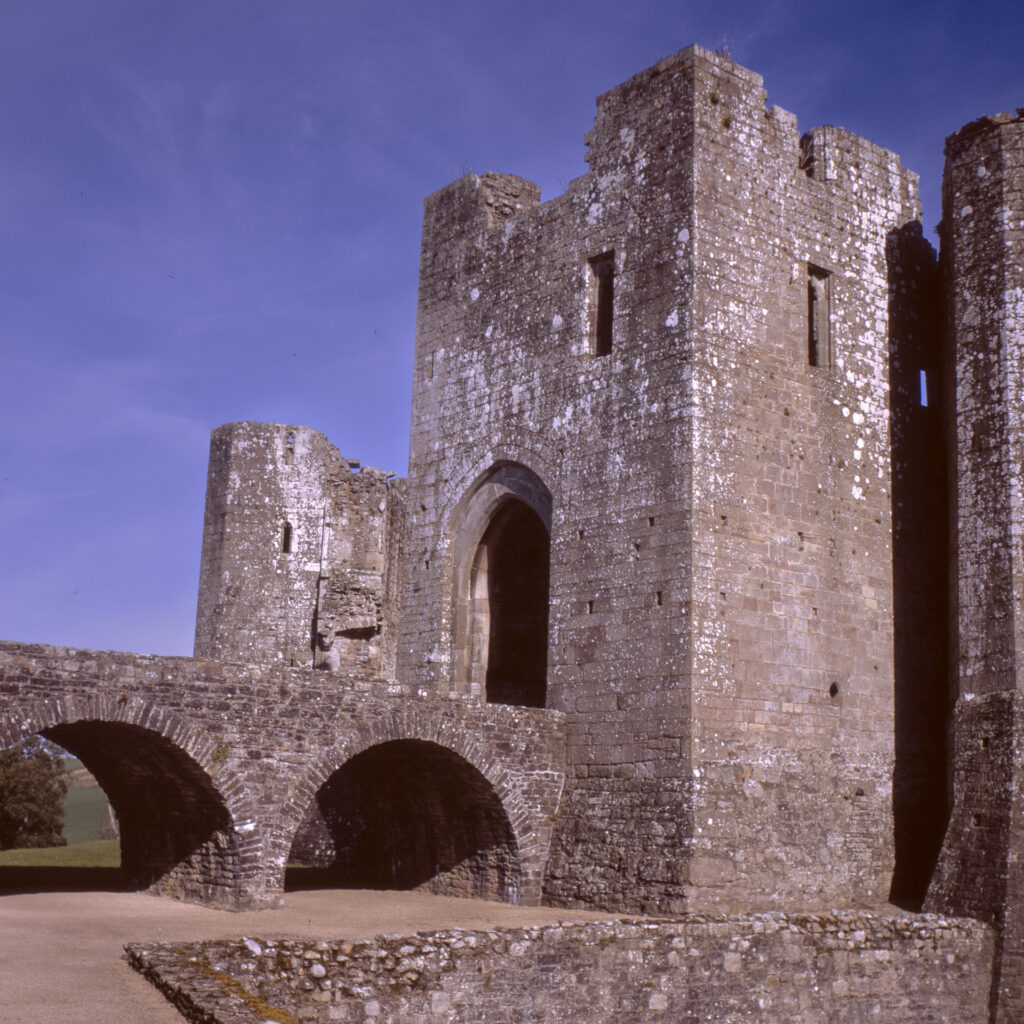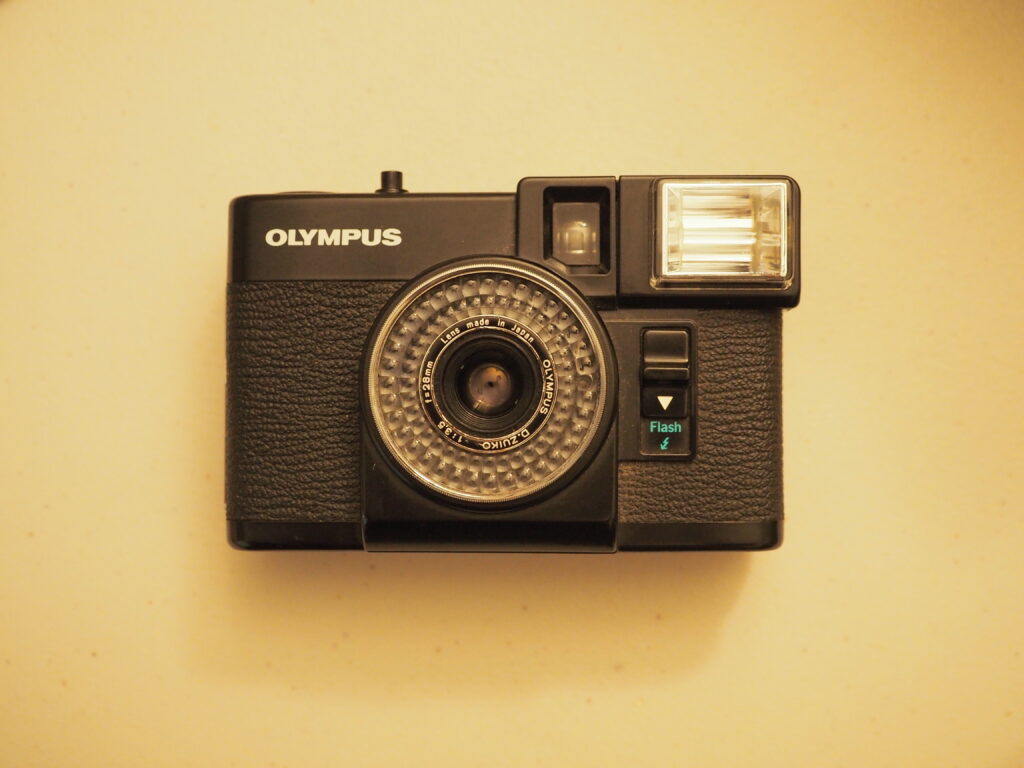The first film I tried when I became fascinated by the subminiature formats was Lomography’s Orca 110 monochrome offering because I had bought a Minolta 460 Tx 110 camera very reasonably to get more familiar with 16mm film without massive outlay. Its electrical parts were kaput unfortunately and I bought a second one, also at a reasonable price, that possessed all its functions, the one I used here.
Orca is a 100 ISO emulsion giving 24 13 x 17 mm exposures on 16mm film in the drop-in cartridge system introduced by Kodak in 1972. The cartridge has a moulding on one end that tells the camera roughly what its film speed is if there is any sort of control provided. Initially only ISO 80 and 200 were covered, ISO 400 being added later. These matched the available Kodak films at the time.
Lomography are to be applauded for supporting the revival of the very successful 110 format with several compatible emulsions.
The camera and process
The camera I used was the second Minolta I bought. Its battery, a single AA cell, powers the flash and a cds sensor that simply lights a warning in the finder if there is not enough light and flash is needed. Otherwise, a standard sort of weather symbol system is provided for exposure control. Shutter speed is fixed at 1/200 sec and two scale focussing Rokkor lenses are provided, a 4-element 25 mm standard and a 3-element 43 mm short tele. This was near the top end of Minolta’s range and has a definite impact on the quality of results. It should be born in mind that not many run-of-the-mill 110s were of this quality or offered the same degree of control but a few models were very capable instruments.
I developed the film in Rodinal which, although not exactly a fine grain developer, gives good results with most films when based on the recommendations of the Massive Development Chart. Grain here is only really noticeable in plain, light toned areas and is crisply defined which always helps with apparent sharpness. Checking with the Massive Development Chart, I couldn’t find any times for dedicated fine grain developers like Perceptol but I would imagine ID11/D76 and some HC110 dilutions could give finer grain.
Results
This film format isn’t really suited to the grand view and gives best results for closer subjects with plenty contrast and detail.
The moderate film speed helps with grain of course and also with acuity and contrast. The results are indeed sharp from the Rokkor lenses and with as much contrast as you might like to introduce in post. Straight from my copy camera, negatives have a good tone range. Scans may be more variable but I no longer use a scanner so cannot comment other than to say my now defunct Epson 2450 Perfection used to do an excellent job. These examples were all copied with a 20Mp Sony A3000 and Micro Nikkor with tubes and adapter, reversed and post processed in Affinity Photo.

The first frame shows how much detail can be recorded. Even the wall texture is rendered well and sharpness is excellent.

The second demonstrates the weaknesses in the even toned areas and detail in the aircraft is not as good as the plaque in the example above though the lighting conditions are not helping here.

Again, well defined and closer subjects respond well, the acuity and contrast suiting this type of subject well.

Taken with the standard lens and flash, plenty of detail is rendered resulting in almost negligible grain in the sharp areas. This is the only shot I managed of him with his eyes open. He disappeared as soon as he saw the camera after this.

Another cat study, also with flash, and using the telephoto lens on the 460 Tx. The detail and textures virtually eliminate the grain.
Conclusion
I can thoroughly recommend this film based on my experience of using it with this admittedly high end camera with the best quality glass. If you look at my other posts on the subject of 110 and sub-miniature you will know why I have moved to other emulsions which I now slit down from larger film stock. However, if you are not into tinkering or just want the convenience of a readily available, trade processable, mono film this should fit the bill.
Share this post:









Comments
Bill Watts on 5 Frames with Lomography Orca 110 monochrome film.
Comment posted: 12/03/2024
The second batch of Orca I got has issues with the light bleeding through where the white numbers on the film backing are, again my stock is frozen and a few years old I bought a lot in case Lomo stopped producing it! This seems to have been corrected in the latest cassettes as ther is no light bleed on the photos above.
I had sucess developing it in Ilfotec DD-X.
Comment posted: 12/03/2024
Gary Smith on 5 Frames with Lomography Orca 110 monochrome film.
Comment posted: 12/03/2024
Comment posted: 12/03/2024
Ibraar Hussain on 5 Frames with Lomography Orca 110 monochrome film.
Comment posted: 12/03/2024
the 2nd to last photo of the cat is sublime - probably my favourite of those I've seen on 35mmc
Comment posted: 12/03/2024